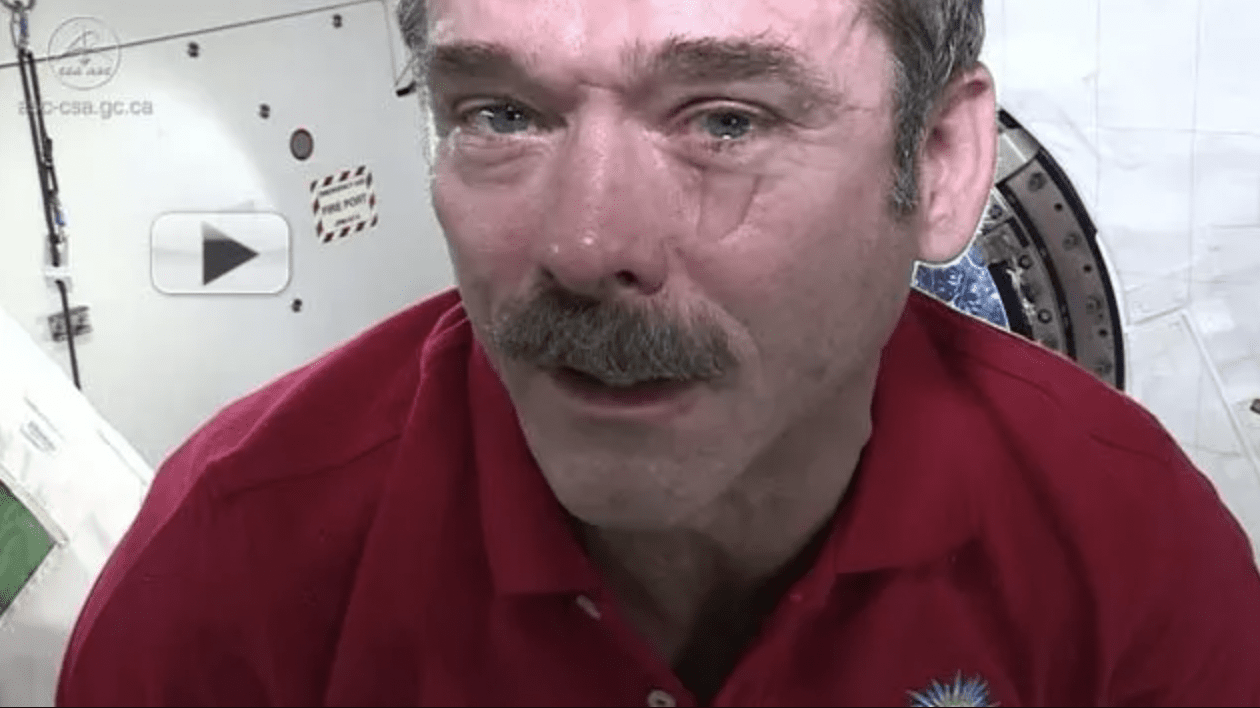The world is more complex than we realize. Certain, fascinating scientific facts change how we understand the world. Did you know there’s a species of jellyfish that’s immortal? Or that there’s a species of shark that can walk on land? This might change how you sunbathe at the beach! These scientific facts make us wonder just how much we actually know, and how much there is we don’t know. Everything just isn’t as it seems, even though our science experiments during our youthful days tried to prove otherwise.
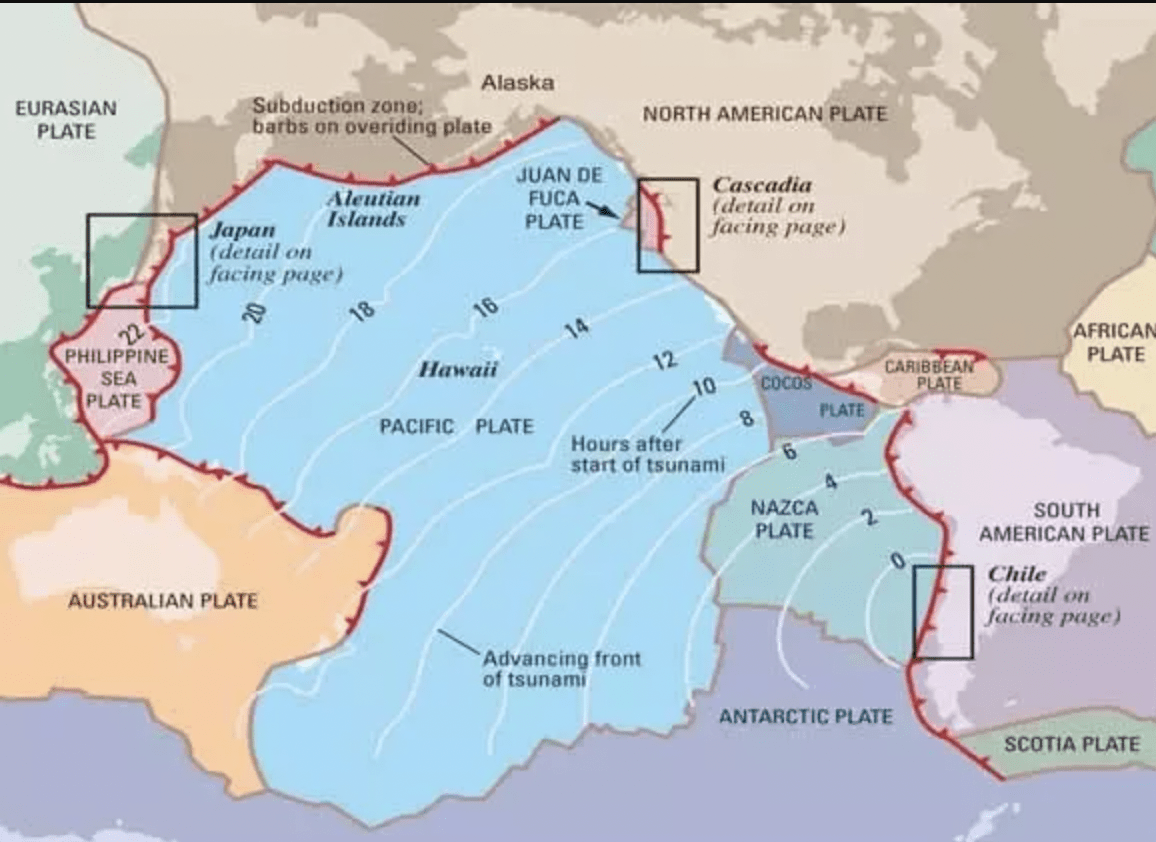
Hawaii Inches Closer To Alaska Every Year
Every year, the Pacific Plate slowly drifts north towards the North American Plate. It looks like Hawaii can’t get enough of Alaska! This is because hot, less-dense rocks rise before they sink and cool down. The land above this moves, albeit minutely, but every year it moves 7.5cm closer. The speed is comparable to the speed at which fingernails grow. These plates are in constant motion. As the Pacific Plate continues its journey north, the volcano becomes dormant, with a new volcano taking place (Scientiaeducare).
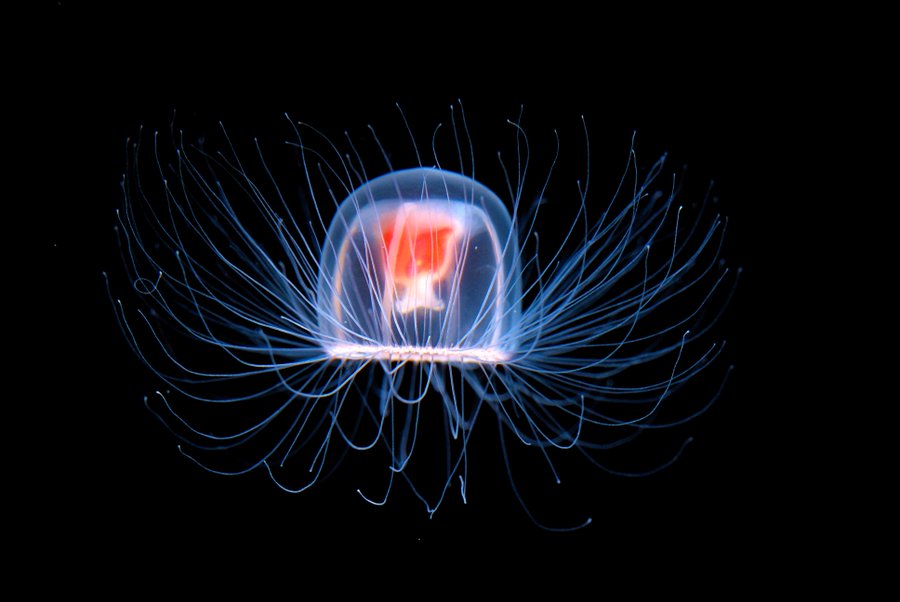
This Species Of Jellyfish Figured Out How To Cheat Death
There’s a species of jellyfish that can live forever, and it’s called hydrozoan Turritopsis dohrnii. Try saying that ten times fast! It’s smaller than your pinky nail and can reverse its lifecycle. It figured out a way to live forever and surpass mortality. It holds the secret to cheating death by shrinking into a ball, reabsorbing its tentacles, and turning into a new polyp, all after it experiences starvation or physical damage. This process is called transdifferentiation and is rare. If humans could shrink into little blobs and turn back into babies, the world would be a very different place (NHM).
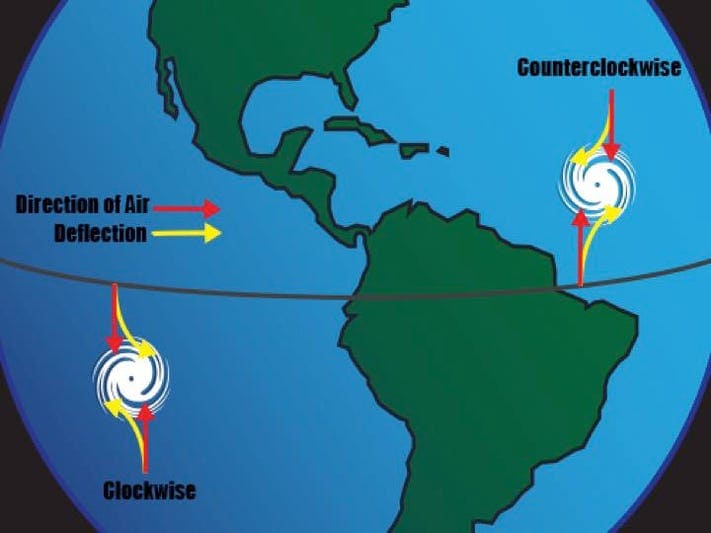
Hurricanes Can’t Go Past The Equator
Because of the Coriolis effect, low pressure rotates counterclockwise in the Northern Hemisphere. This pulls storms away from the equator. In the southern hemisphere, storms rotate clockwise, meaning, if a hurricane tried to pass the equator, it would lose its rotation and dissipate into thin air. The Coriolis force is at a maximum at the poles, and a minimum at the equator, which means hurricanes can’t form within 5 degrees latitude of the equator. If you ever stand just beneath the equator during a Northern hemisphere hurricane, you don’t have to worry about it catching up to you (Weather).

Human Saliva Has A Painkiller More Powerful Than Morphine
And that painkiller is called opiorphin. It’s six times more powerful than morphine, one of the most potent painkillers in the world. We have this as a self-defense mechanism to fight against pain. Did you realize that wounds in your mouth heal faster than in other areas of your body? This is thanks to the antibodies in the germs that fight wounds and heal faster (Tender Care Dental).

Cut Grass Screams When It’s In Pain
Much like humans scream when they’re in pain, cut grass also screams. But it doesn’t make a noise as we do, it emits a tasty, delicious smell that most of us have come to know and love. The smell of grass is not happy, it’s a distress signal. Since grass can’t speak, the only way it can communicate is through smell. It screams to warn other plants it’s in danger. Plants nearby will pick up on the smell and do what they can to protect themselves from the imminent danger of a lawn mower (News).

Your Tears Won’t Fall In Space
It sounds like the best place to cry is outer space. Tears only stream down your face due to gravity. Outer space doesn’t have gravity, so instead of falling down your face, your tears will just pool and eventually float off into the distance. This makes those breakup tears sound way more dramatic. If you do need to cry in outer space, it’s better to grab a towel and wipe the tears off your face before they drift away into the unknown (Space).

The Shortest War In History Was Less Than An Hour
The shortest war lasted a whopping 38 minutes. That’s shorter than your favorite television show. This was the Anglo-Zanzibar War of 1896, and little is truly known about it. It began with the signing of the Heligoland-Zanzibar treaty that was signed between Germany and Britain in 1890. Even though the war was short, there were over 500 casualties on one side of the war, and on the other side, only one soldier was seriously wounded (Brittanica).
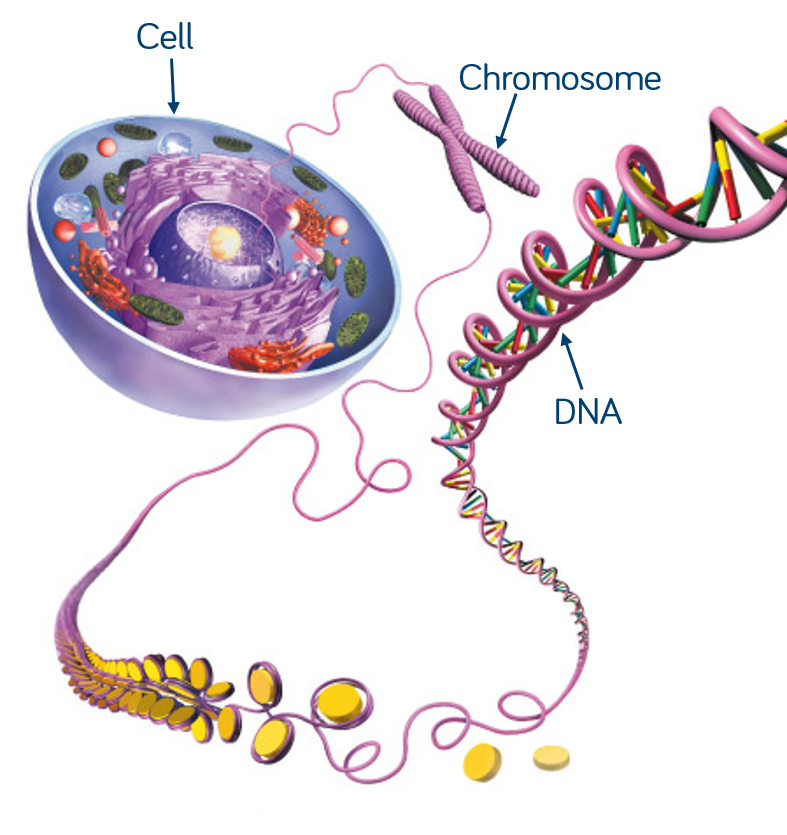
There’s Enough DNA In Our Bodies To Go From The Sun To Pluto And Back
If you unraveled all of the DNA in your body, you’d have enough to stretch from the sun, across the Milky Way, to Pluto, and back, not once, but 17 times. Diving even further into DNA, we share 99% of our DNA with every other human on earth, which means we’re more alike than different. We’re made up of 37 trillion cells, with 5cm of DNA. If you do the math, that’s a lot of DNA to stretch across the galaxy. Instead, it’s raveled up inside of our bodies and makes us who we are (Scitech Care).
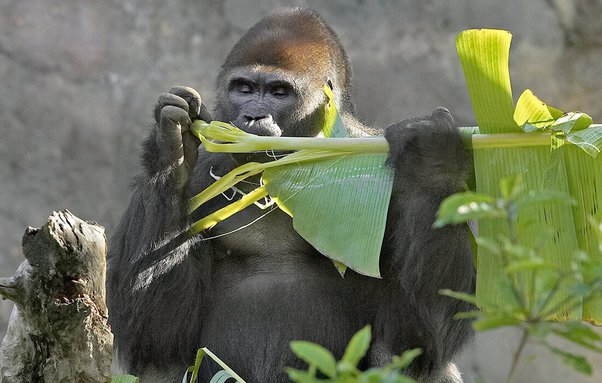
Gorillas And Potatoes Have More Chromosomes Than Humans
It might make sense that gorillas have more chromosomes than humans, but potatoes, too? Humans have 46 chromosomes, chimpanzees have 48, and potatoes also have 48. But even more surprising is the fact that a rattlesnake fern has 184. So it doesn’t matter how advanced the creature is, it has to do with, simply, the chromosomes needed to make the creature. We can think of it like instructions, and it doesn’t matter how many instructions are needed to make up something, as some need more than others (The Tech).
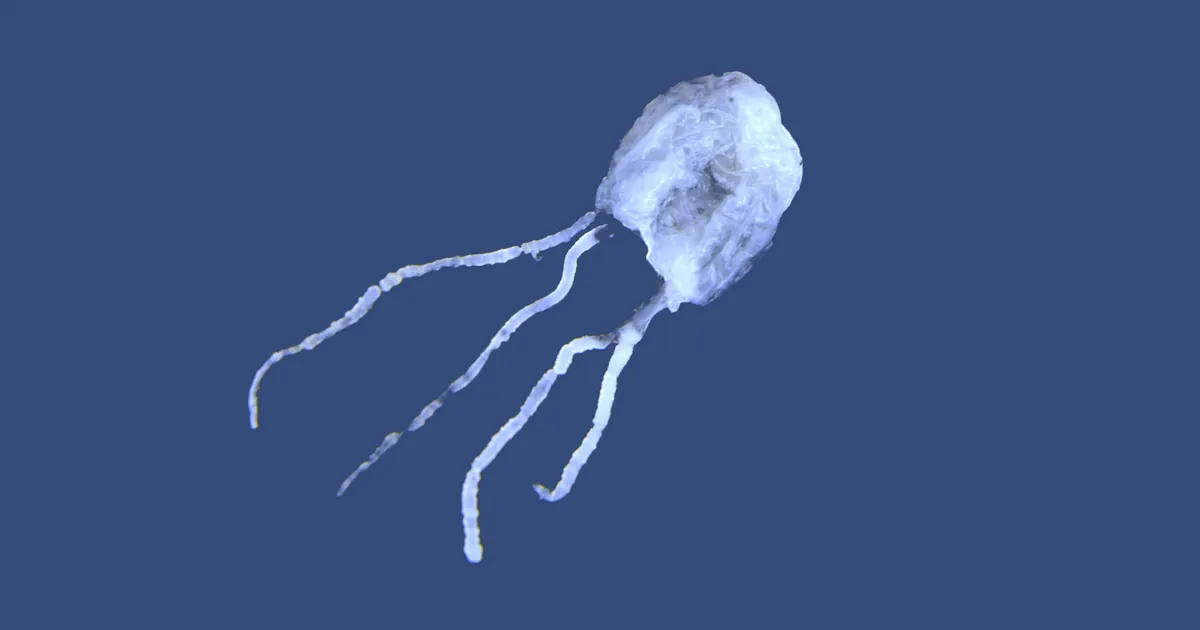
This Jellyfish Sting Will Make You Feel Dreadful
Getting stung by a jellyfish isn’t on anyone’s agenda. But getting stung by the Irukandji jellyfish, which floats around in the waters of Australia, will give you Irukandji syndrome. This syndrome isn’t something you want to feel. It’s a horrific, impending sense of dread that’s so dramatic, oftentimes, people will bed doctors to put them out of their misery so they don’t have to feel the dread any longer. Rarely, the sting will cause cardiac arrest and death (Rehack).
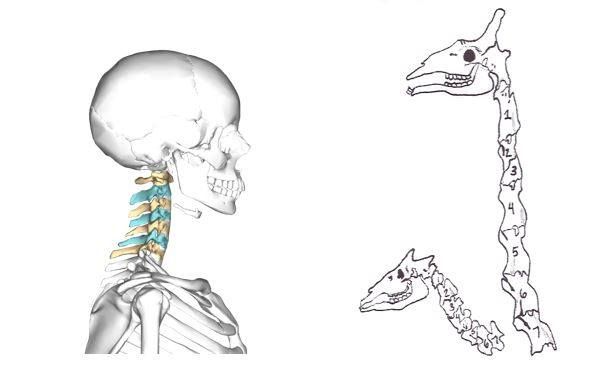
Our Necks Are Similar To Giraffes
If you take a look at our neck vertebrae, we have the same number as giraffes. You may find that shocking, considering giraffes have the longest necks in the world. There are seven bony cervical vertebrae, the giraffe’s is just way more noticeable. In males, giraffe necks can reach up to 2-3 meters. The only difference is the length of the neck. If humans walked around with giraffe necks, the world would be a little bit different. Those unreachable tree fruits would be a lot more accessible (U Tokyo).
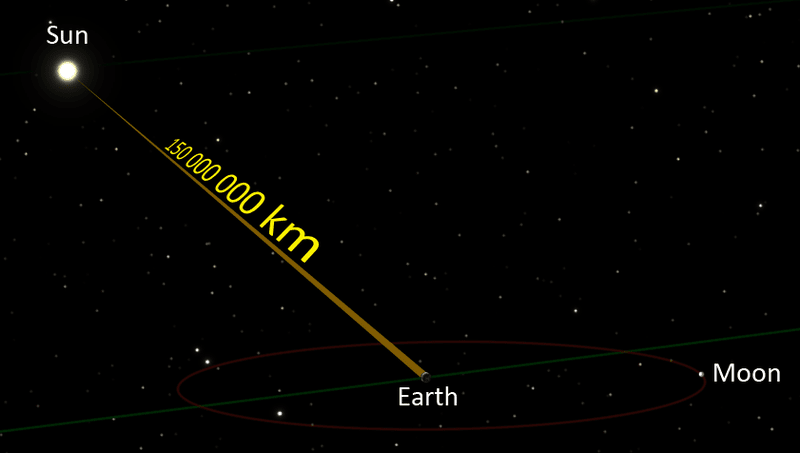
Light Travels From The Sun To Earth In Only Eight Minutes
It comes as no surprise that there’s nothing faster than the speed of light. It’s even faster than the speed of sound. It takes eight minutes for light to travel from the sun to the Earth since it travels 300,000km per second. Because there are about 150 million kilometers between the Earth and the sun, this equates to roughly 8 minutes and 19 seconds of travel time. This means that it travels at more than 183,292 miles per second. The moon is a lot closer to us than the sun (Wood TV).
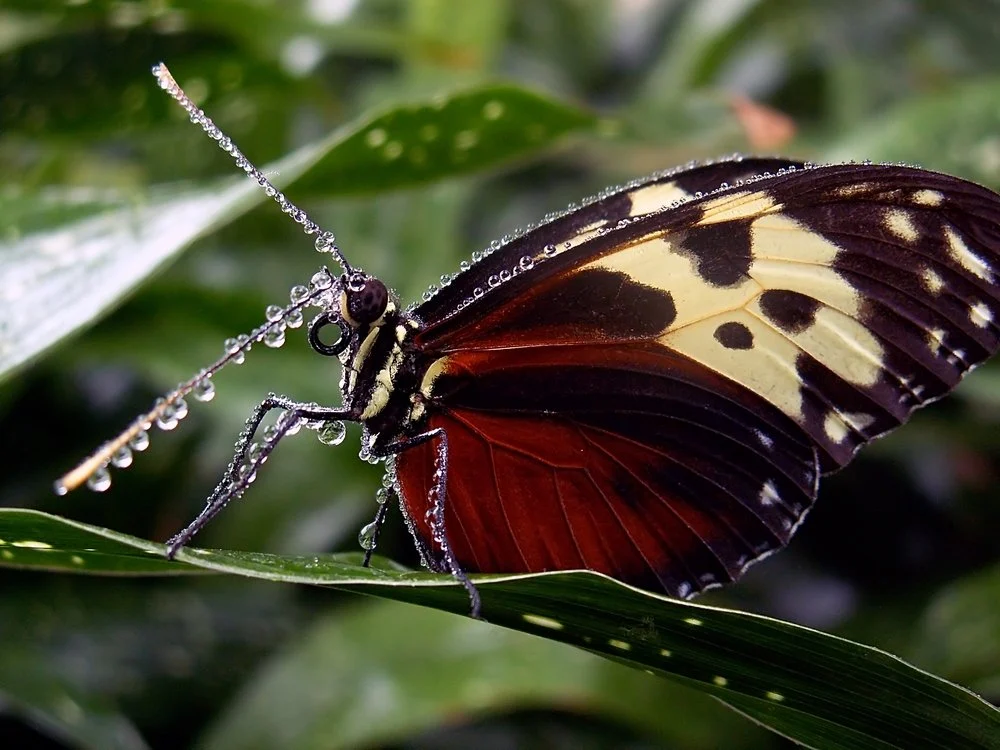
Butterflies Use Their Feet To Taste
Butterflies don’t have a tongue. Instead, they have a proboscis which equates to having your mouth extended into a long tube. Even though they do have some taste buds on this tube, they mostly have taste buds on their feet. To put it in human terms, that’s just like us walking around all day, tasting our shoes. But butterflies have this because they land on plants to taste them and decide if they want to lay their eggs on them. If a butterfly lands on you, chances are, they’re tasting you (Florida Museum).
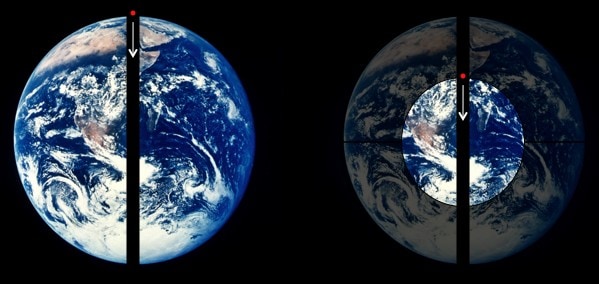
If You Took A Tunnel Through The Center Of Earth, You’d Reach The Other Side In 42 Minutes And 12 Seconds
Hypothetically speaking, if you drilled a tunnel straight through the center of Earth, you’d reach the other side in less than 45 minutes. That would make the travel time from going from one side of the world to the other faster than it takes to even get to the airport. Too bad this is completely impossible and will never happen, though it’s nice to dream. Some scientists even claim it could take as little as 38 minutes to fall through the Earth, considering the differing densities in its core. In the 1970s, the Soviets tried drilling a hole deep into the center of Earth, though they only got about 0.1 percent of the way. That’s virtually nothing (Live Science).
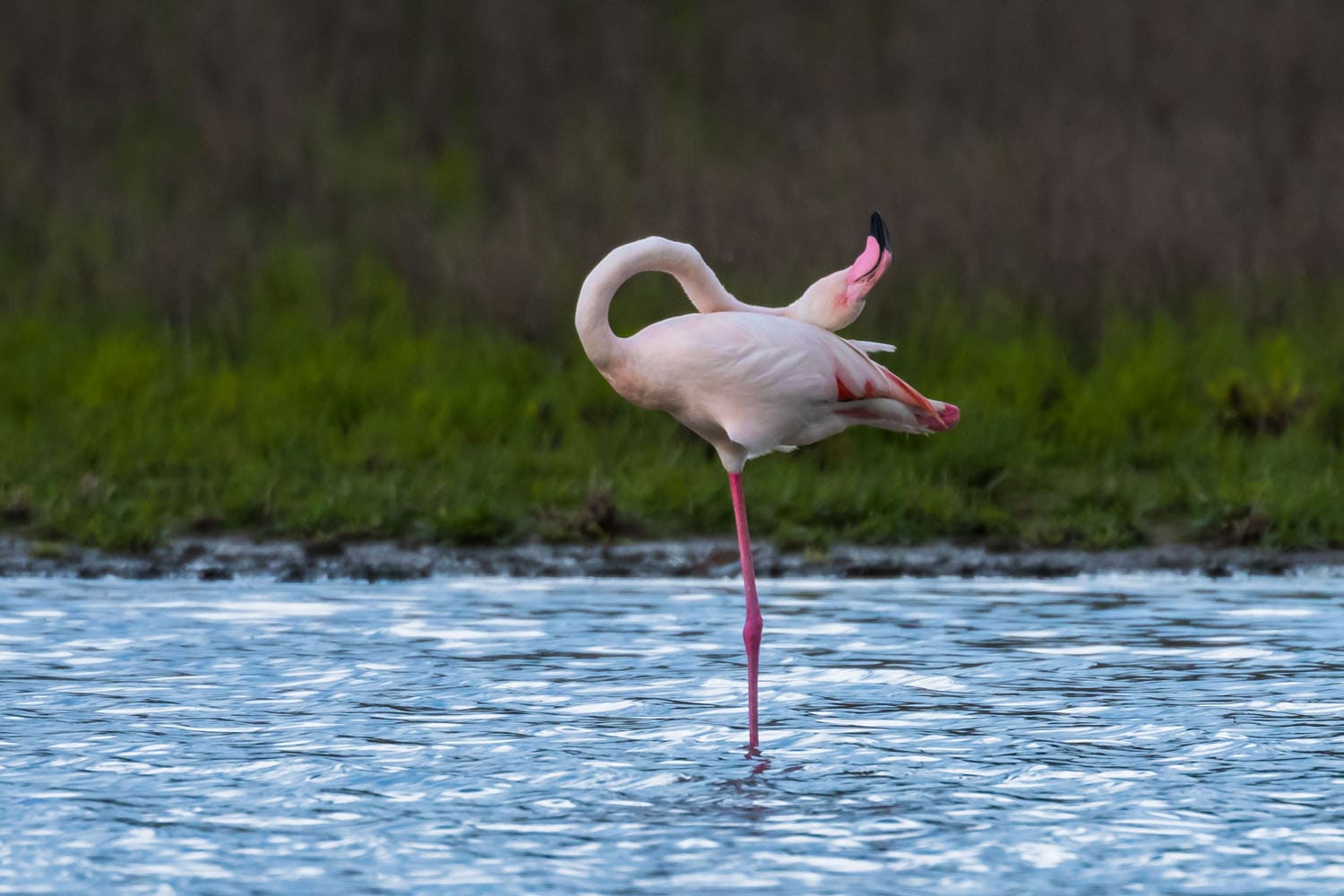
Flamingos Are Quite Flamboyant
A group of flamingos is called a flamboyance. Flamingos flock together by the thousands and typically gather in lagoons and swamps. It’s a proper name for these bright pink creatures. They spend a lot of time together, and typically fly and eat all together. You’ll find these stunning birds around the world in countries in Africa, Europe, and Asia (The Atlantic).
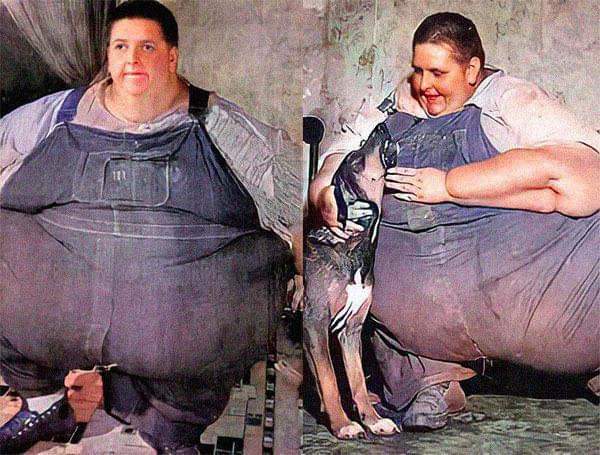
Ninety-Percent Of The Heaviest People In The World Have Been American
Out of the heaviest people ever recorded in the history of the world, nine out of ten of them were American. The heaviest person in the world was Jon Brower Minnoch, who weighed 636kg, or roughly 1,402 pounds. The only person not from America, who was the second heaviest person ever in the world, was Manuel Uribe from Mexico. The rest were males from the USA, with two exceptions who were female (Science Kids).
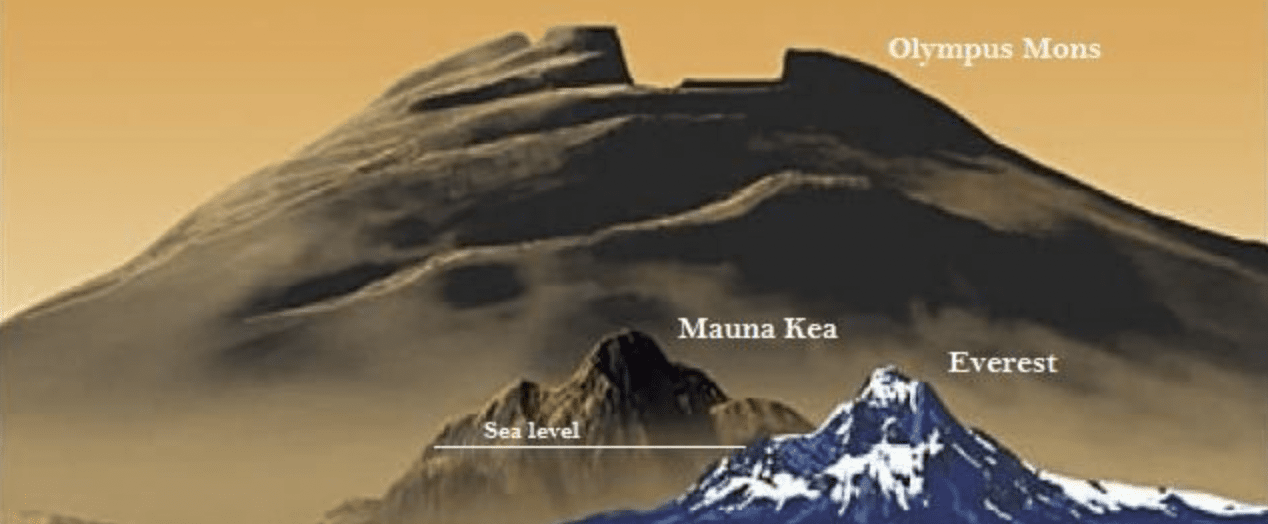
The Tallest Mountain Is On Mars
The tallest mountain in the solar system is on Mars, not Earth. Sorry, Everest. The tallest mountain is called Olympus Mons and towers 16 miles, or 24 kilometers high. That equates to being three times taller than Everest. It’s a giant volcano, and there’s no saying when it will next erupt. If you were standing on top of it, you wouldn’t even realize it’s a volcano, because it more closely resembles a gently sloping plane (Space).
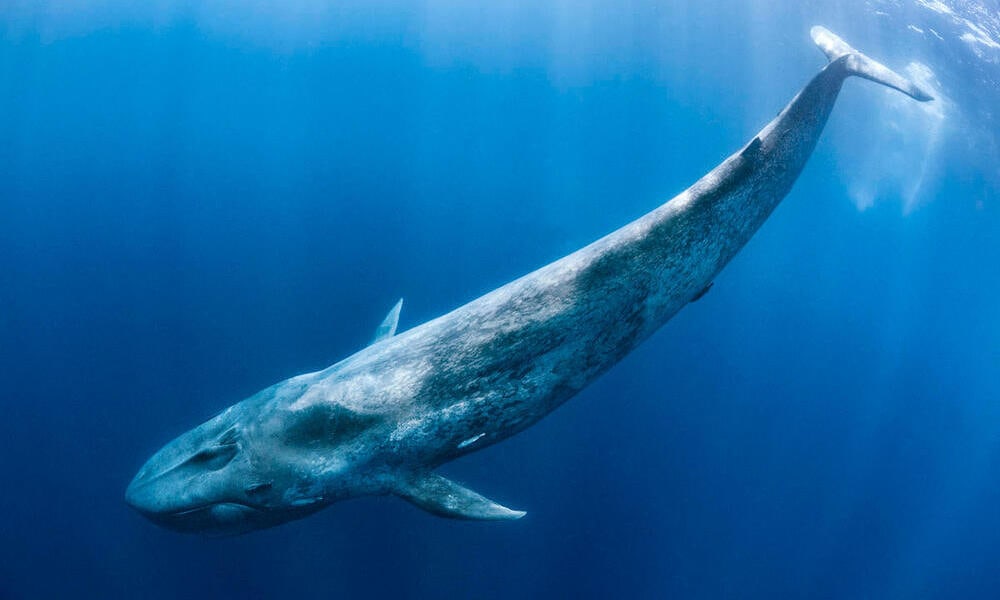
The Largest Animals To Ever Live Are Antarctic Blue Whales
You probably believed dinosaurs were the largest animals to ever live on Earth. It’s our marine friend, the blue whale, who is still very much alive today. They weigh up to 400,000 pounds, which is equal to 33 elephants, and reach up to 98 feet in length. To put it even more into perspective, the whale’s heart is the size of a small car. Its calls are even louder than a jet engine, making it not only the biggest animal on earth but the loudest (World Wildlife).
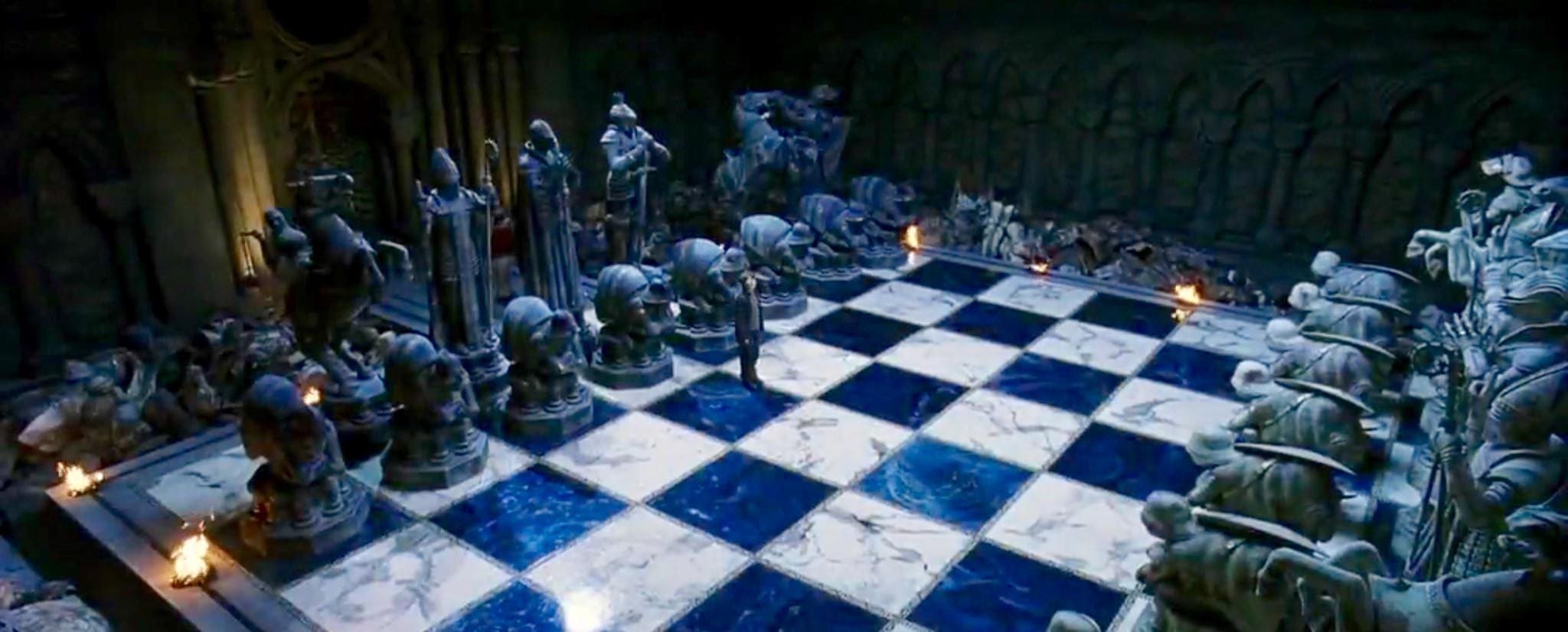
There Are More Possibilities In Chess Than There Are Atoms In The Universe
This is due to the Shannon Number, which is the number of all the possible moves in Chess. The number is finite, though it’s incredibly large, so much so, that it’s more than there are atoms in the universe. This was discovered by Claude Shannon, who found there are 10¹²⁰ possible moves in chess games, which is more than the estimated number of atoms in the universe (Alfonso).
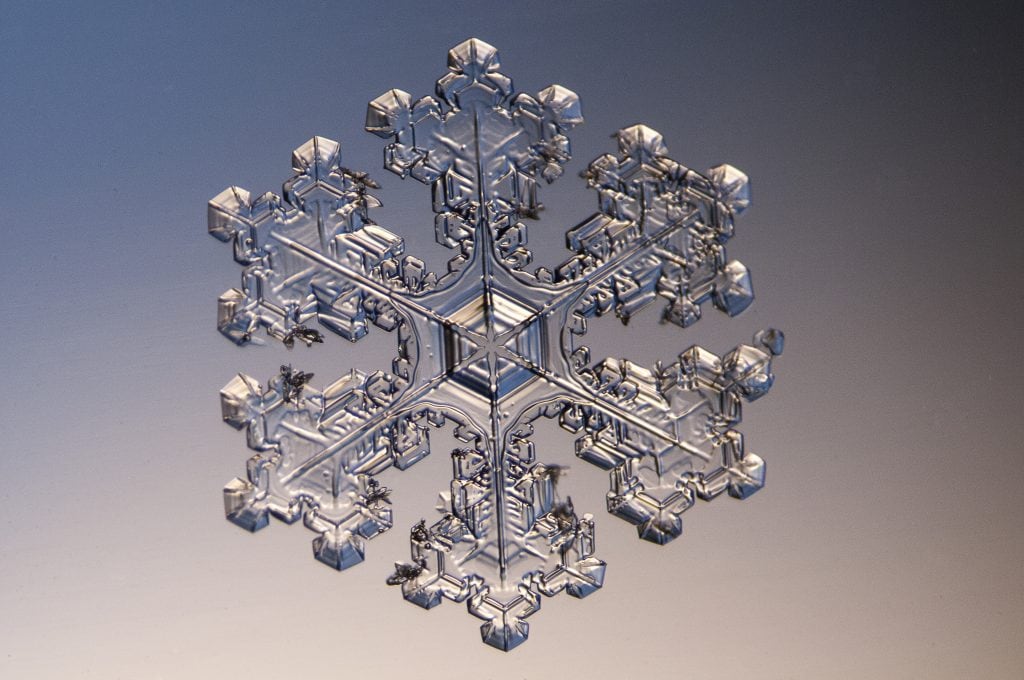
The World’s Largest Snowflake Was 15 Inches Wide And EIght Inches Thick
When we think of snowflakes, we think of soft, delicate pieces of snow that fall gently from the clouds in the sky. But there’s always a possibility for something bigger, and that’s huge snowflakes. The world’s largest snowflake was eight inches thick, and fifteen inches wide. It’s referred to as the Keogh snowflakes because it happened at Fort Keogh. To put it into perspective, the size of the snowflake was the size of a dinner plate (Apukka Resort).

You Can Enjoy 5,000-Year-Old Honey
Honey is one of those things that never expire. Ever. You can eat honey that’s 5,000 years old. It’s a tasty treat that pairs well with tea, cakes, and oatmeal. It’s a healthy alternative to sugar and provides tons of nutrients our bodies need. And the best part is that it never goes bad, though you have to make sure you store it correctly. You must seal it in an air-tight container and never expose it to moisture. Most bacteria cannot grow in honey, which keeps it safe from going bad. If it smells bad or fermented, then it’s time to toss it (Eating Well).
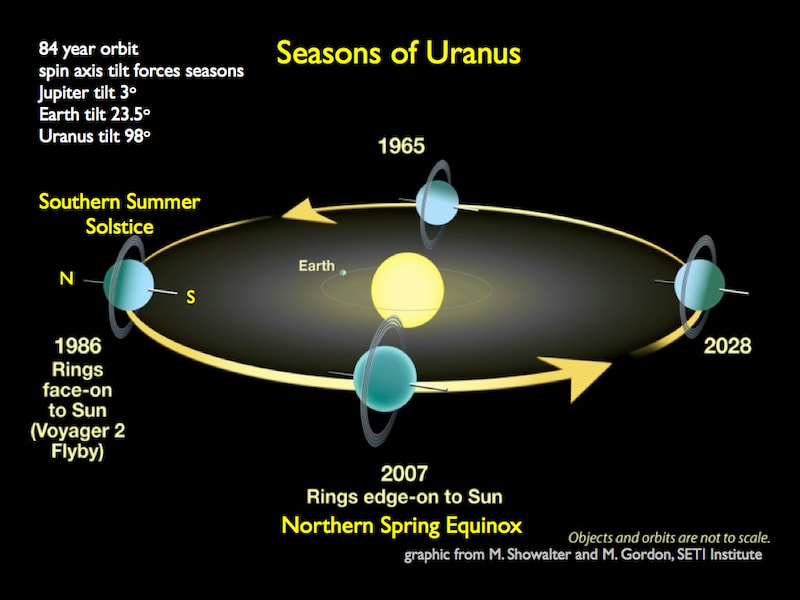
Summer On Uranus Lasts 42 Years
Imagine a summer that lasts nearly half your life? You would never truly know what winter feels like unless you were born just after the 42-year summer ended. The Earth’s tilt gives us seasons, and we experience several seasons. Summer never feels long enough, but 42 years is a bit too long. That being said, winter on Uranus also lasts 42 years. This is due to the poles on Uranus that reverse until it’s been one year, which takes 42 years on Uranus. And one year on Uranus is 84 years on Earth (Earth Sky).
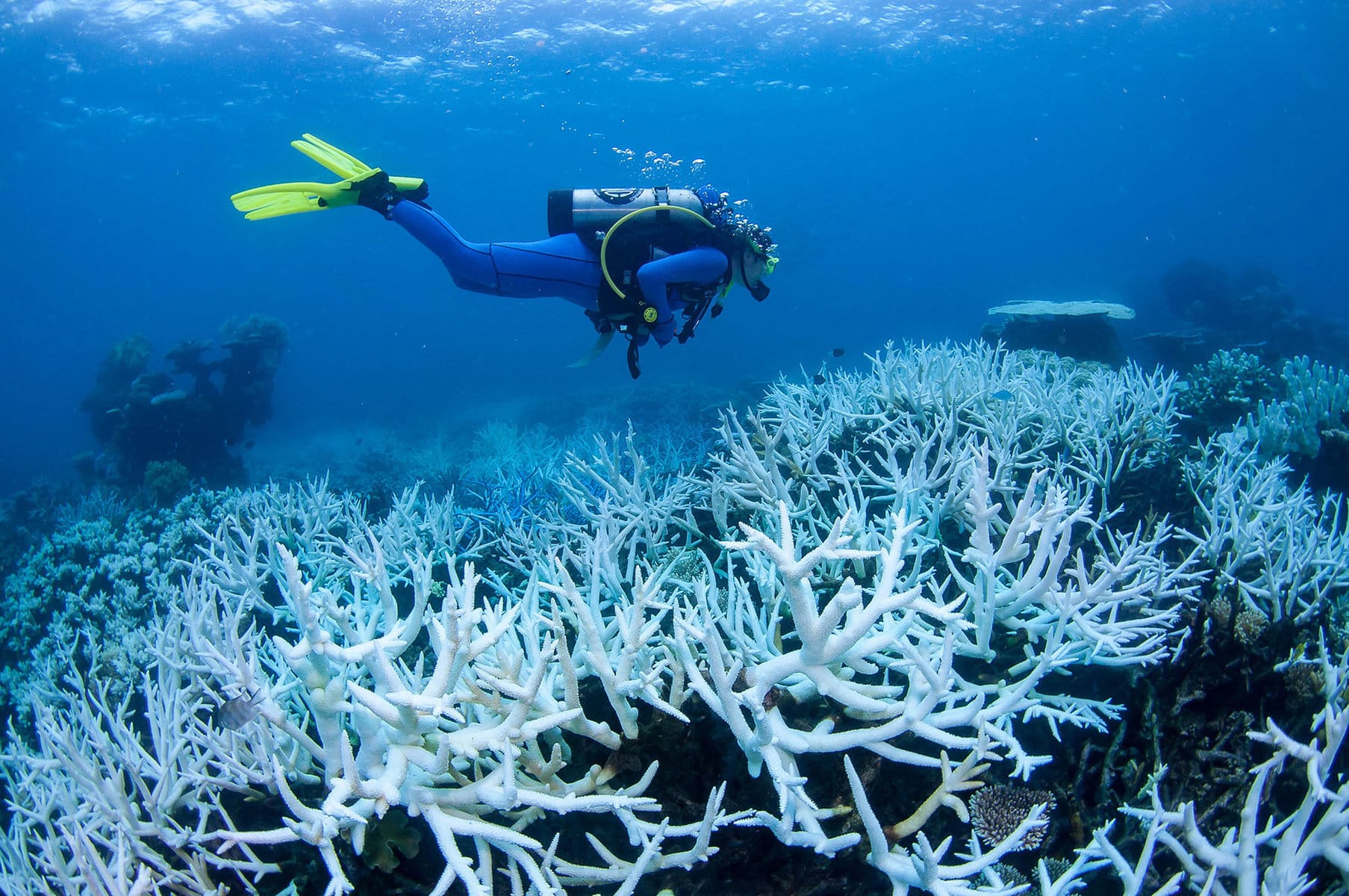
The Great Barrier Reef Is Bigger Than You Think
The Great Barrier Reef is the largest living structure on Earth. It stretches for 1,429 miles and covers an area of 133,000 square miles. It’s also the largest coral reef system in the world. The reef is built from millions of tiny organisms called coral polyps. It’s also the only reef visible from outer space, due to its sheer size. It’s made of 3000 reefs and 900 coral islands. Even though it’s so big, it faces numerous environmental threats that scientists are hoping to restore shortly (Great Barrier Reef Tours Cairns).

Octopuses Have Three Hearts
Octopuses have not one, but three hearts. They also have blue blood and a donut-shaped brain. Blue blood plays a role in the reason they have three seats because their bodies transport oxygen using a copper-rich protein. The hearts serve different purposes, as one pumps blood around the body and the other two pump blood to the gills, but it all comes down to supporting the octopus and its active lifestyle (New Scientist).

You’ll Walk Around The Planet Five Times In Your Lifetime
This was studied due to the average amount of steps people take daily, which equates to around 7,500. If you stick to this and live to the ripe age of 80 years old, then you’ll have walked around the planet five times. That’s about 216,262,500 steps. It sounds like a lot, but doing it every day over eight decades isn’t too much. If you’re someone who takes more steps and lives to be over 80, then you’ll walk around the planet even more (NASCO).
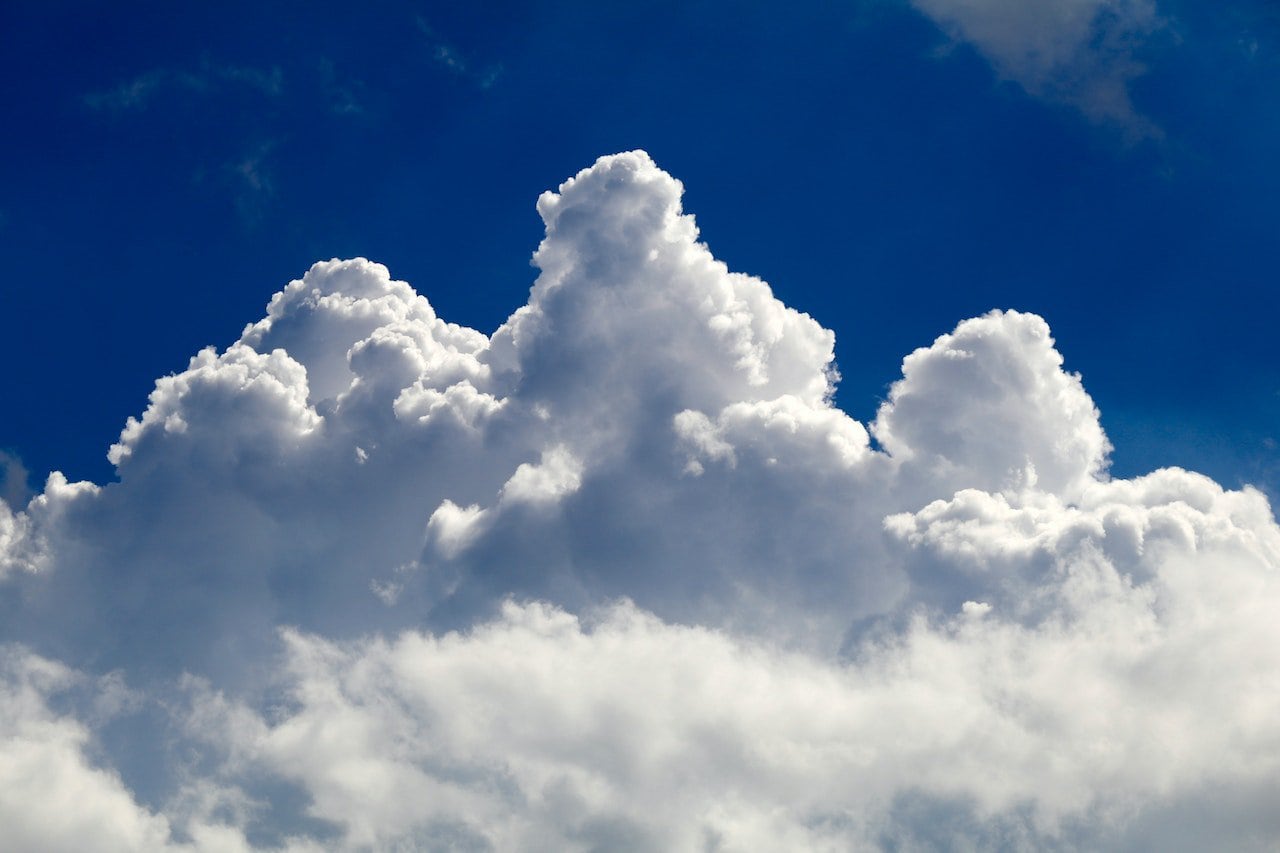
Clouds Are Heavy, Not Light
You’d think clouds are weightless. They float in the sky after all. But despite the facade, they weigh just over a million pounds. Because they’re made of thousands of tiny drops of water, this makes them heavy. The weight is distributed across a large space. Clouds are less dense than dry air, which is why they float (Science Alert).
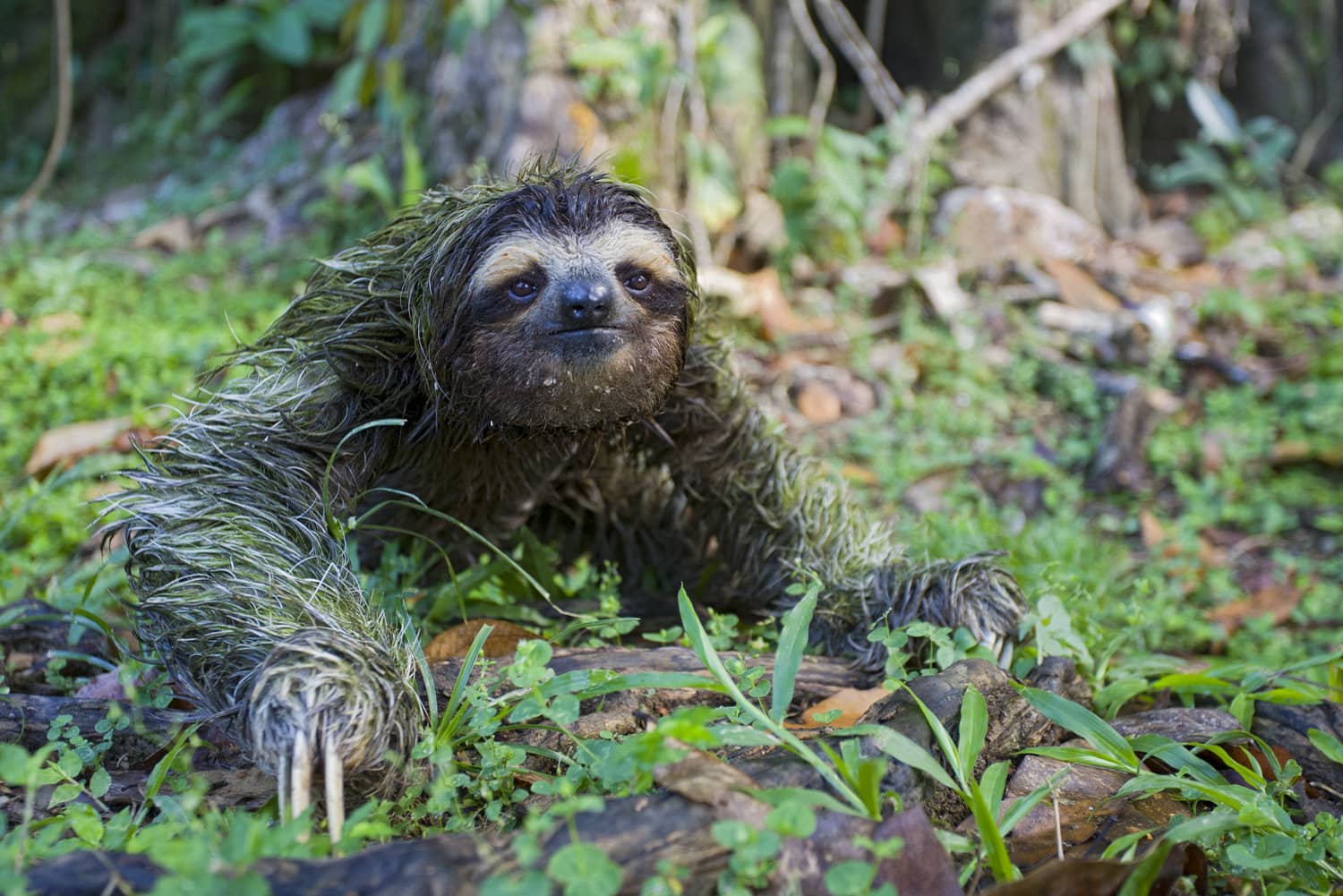
Sloths Only Defecate Once Per Week
Could you imagine a world where we only use the toilet to defecate once per week? We feel bloated if we skip one day, an entire week of food building up in our stomachs sounds miserable. Sloths only defecate once per week, and usually in the same spot. They have a slow metabolism which keeps them from using the toilet as often as humans. It’s also a mission for sloths to use the toilet, as they have to climb down from the trees to the ground to go to the bathroom (Lonely Planet).
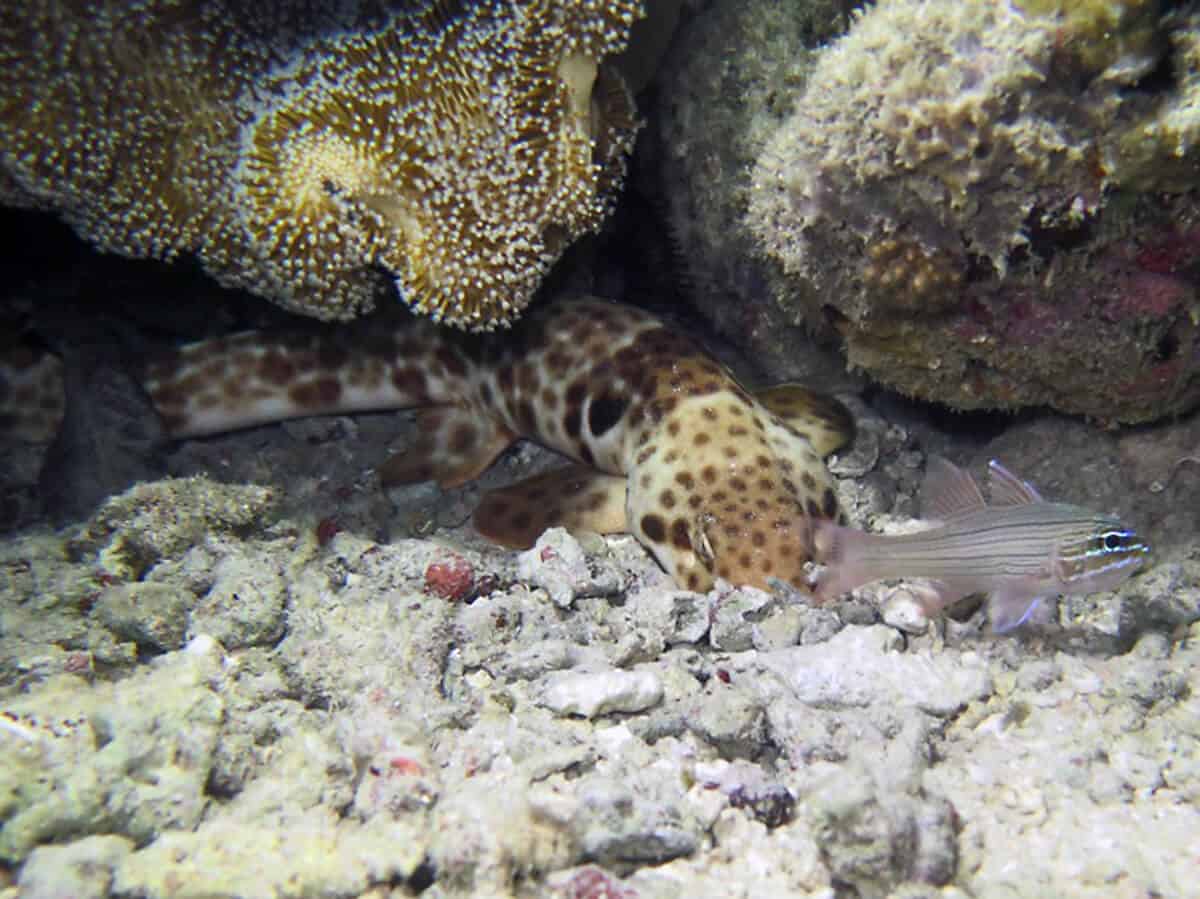
One Species Of Shark Not Only Swims But Walks On Land
There’s a species of shark that can walk on land. It’s known as the epaulet shark and it can walk between coral at low tide and on land. It’s appropriately referred to as the “walking shark.” They inhabit shallow coral-reef systems and crawl along the sea floor with their “feet.” It can survive for long periods without oxygen. They also strategically hunt in places where prey cannot escape. You can spot these wild creatures in Indonesia (Oceanic Society).
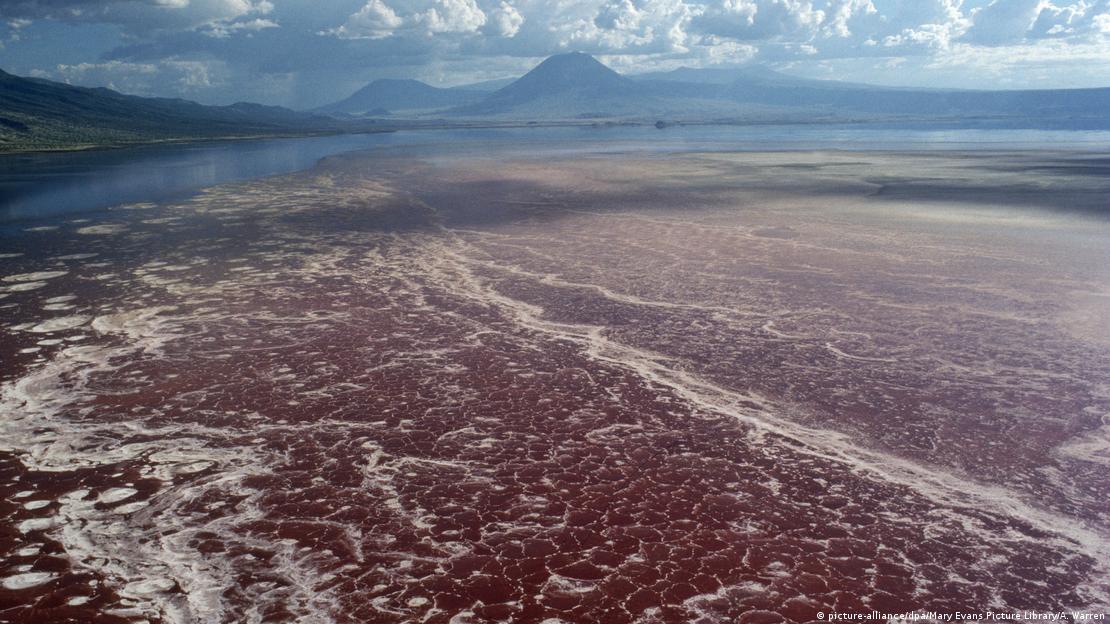
A Lake In Africa Turns Animals Into Stone
We’ve heard of Jesus turning water into wine, but have you ever heard of the lake that turns animals into stone? It’s called Lake Natron and it’s located in Tanzania. Because the water is extremely alkaline, it appears to turn the animals that enter the water into stone. The water is as acidic as milk of magnesia, which is a treatment used to neutralize stomach acid. The lake can go up to 106 degrees Fahrenheit (DW).

Hot And Cold Water Don’t Sound The Same When They’re Poured
If you pour hot water into a cup and cold water into a cup, pay attention to the sound. They’re different, even though they’re the same element. Because water changes its thickness depending on its temperature, the colder water makes a higher pitch than the hotter water, which gives off a lower pitch. The higher viscosity in cold water makes it bubble less when it’s being poured. The molecules in hot water move around more rapidly. You may find comfort in pouring hot tea or coffee in the morning because the sound is low and soothing (Daily Mail).
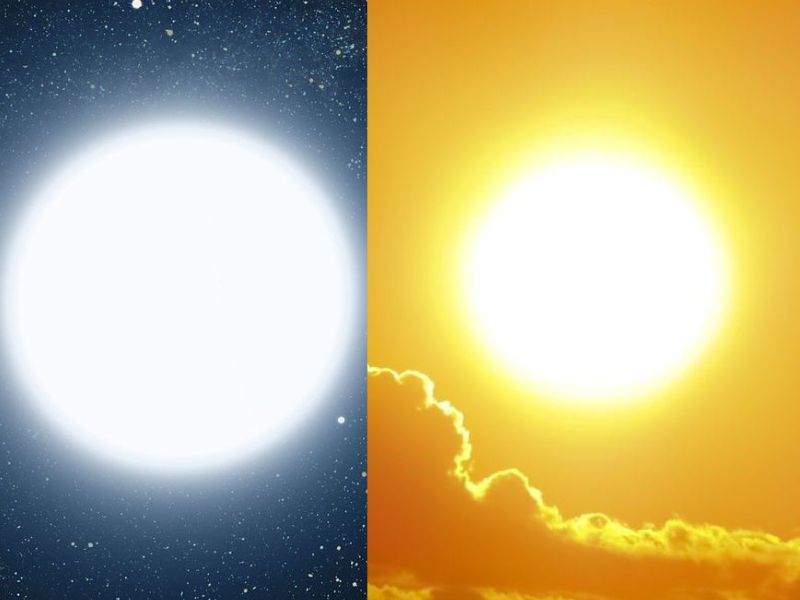
The Sun Is White, Not Yellow
The sun is a mixture of all wavelengths in the visible spectrum. When all colors are mixed, it turns white. Under the illumination of sunlight, we see so much color. But to us, it looks yellow because the Earth is more efficient at scattering blue light than red light. We can’t look hard enough at the sun because it would damage our retinas, but we do have a white sun that shines light down on our planet (Science Focus).
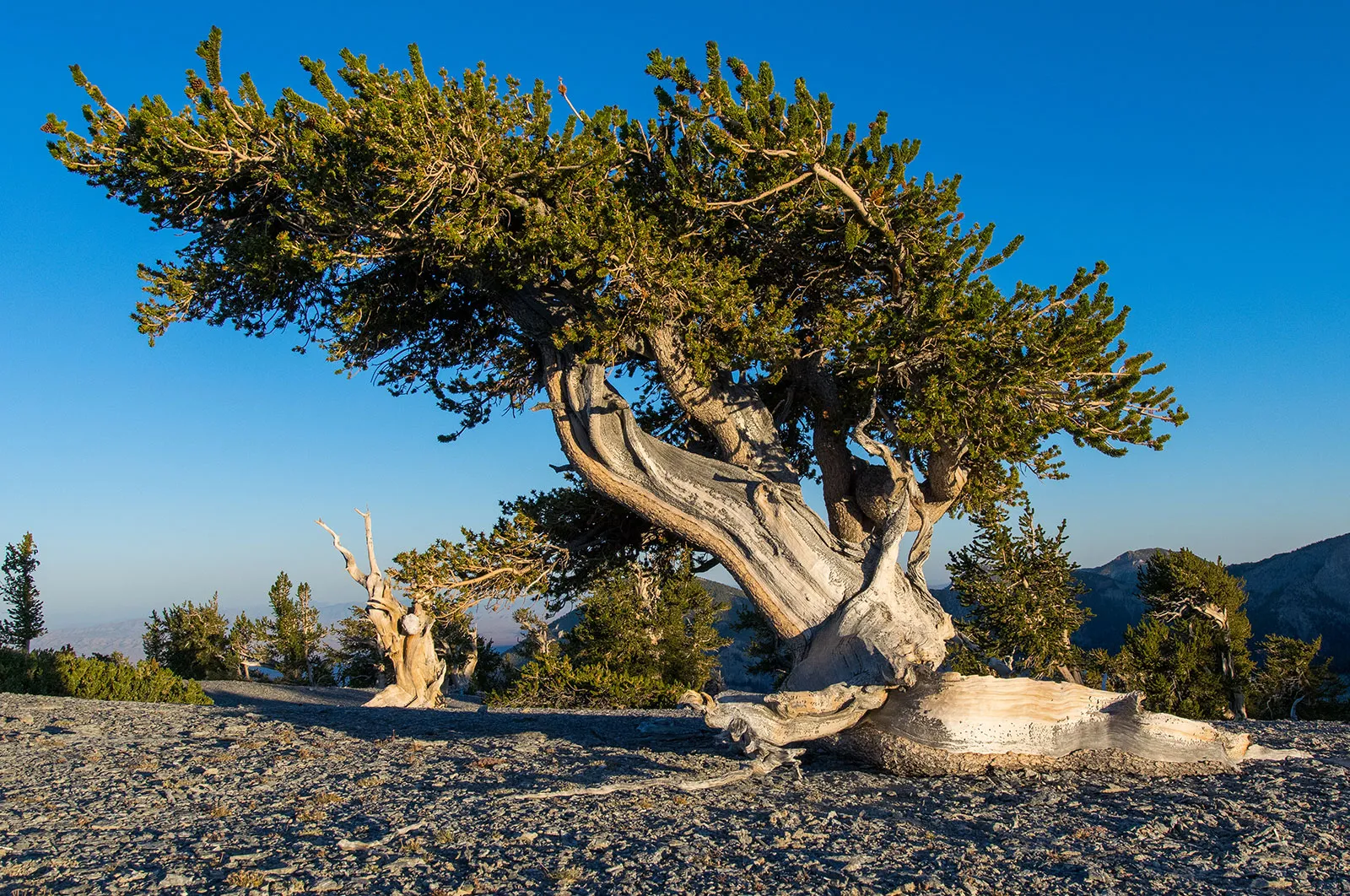
The Longest Living Organism On Earth Is A Tree
This tree is called a Bristlecone Pine. It’s very resilient to harsh weather and bad soil, which is why it’s able to live in numerous different weather conditions, even the harshest conditions that would inevitably kill other species. It grows just below the treeline in California, Nevada, and Colorado, at incredibly high altitudes of 10,000 feet where other living organisms rarely live. Patriarch Grove is home to the largest Bristlecone Pine in the world, surrounded by a stunning, ethereal landscape (USDA).
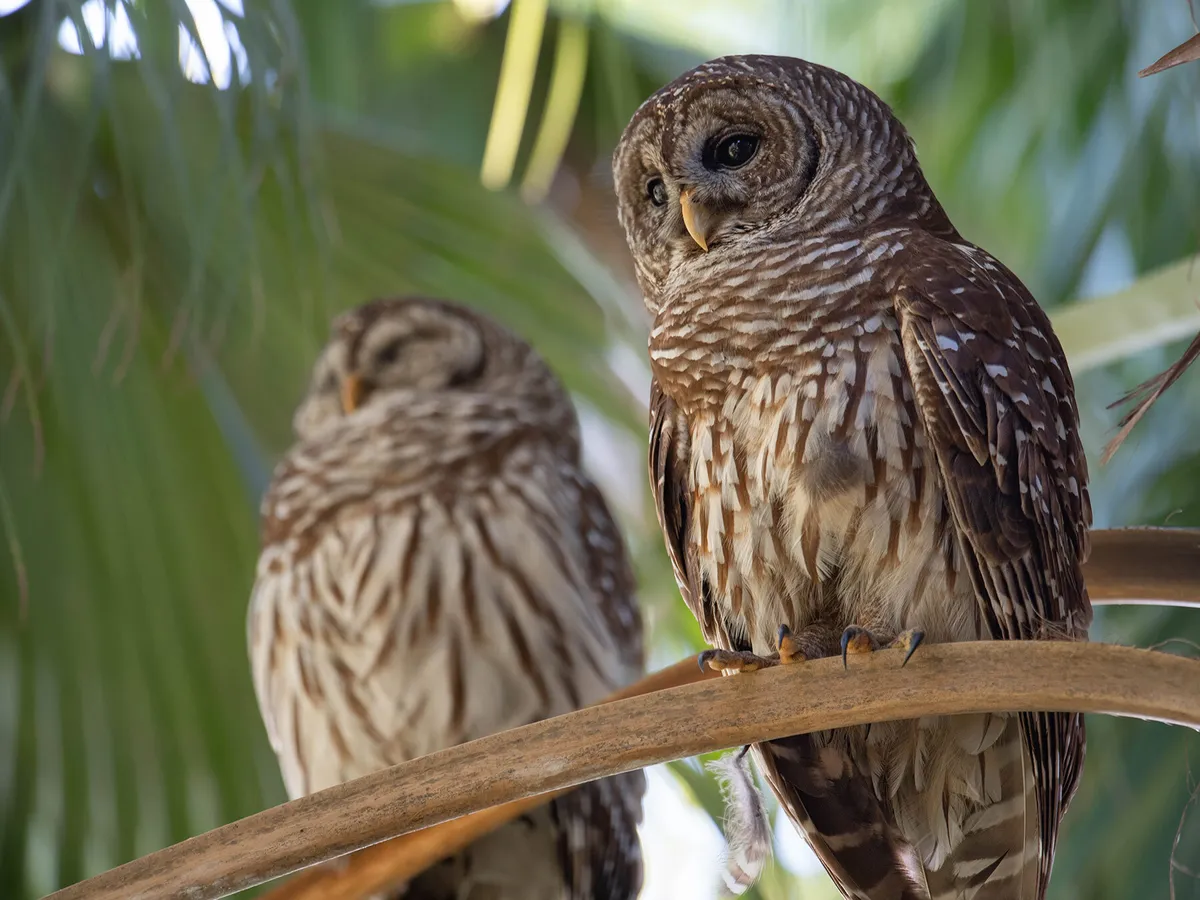
We Call A Group Of Owls A Parliament
We all know Parliament involves a group of intelligent people coming together to make drastic decisions that affect millions of people. Owls are often referred to as being intelligent and wise. The owl also represents the Goddess of Wisdom. Generally, owls live on their own, and it’s rare to see an owl with another one. Young owls will live with their parents until they can reach an age of independence (Bird Fact).
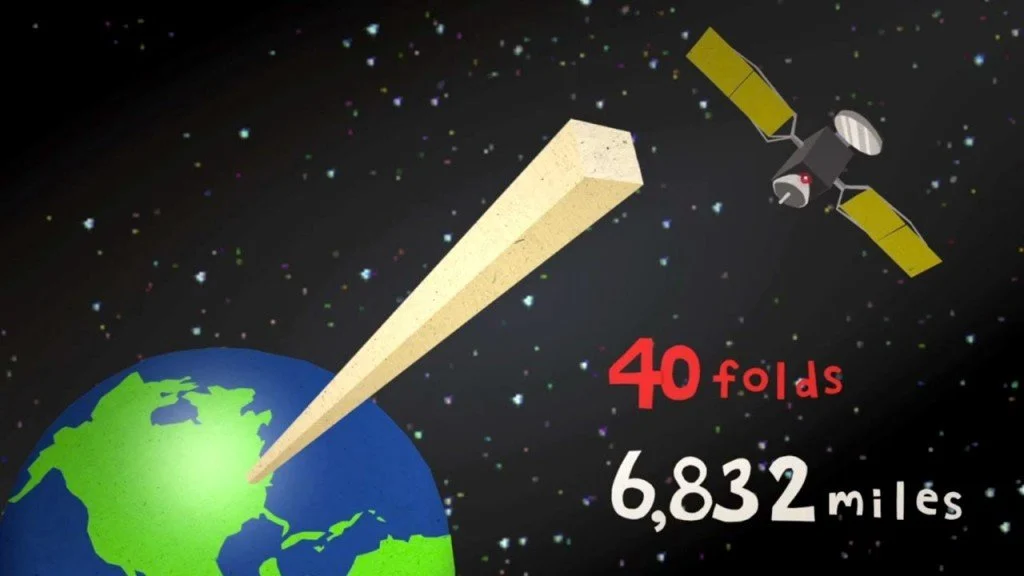
You Can Only Fold A Piece Of Paper In Half A Total Of Eight Times
No matter if you’re dealing with a huge piece of paper or a tiny piece, you can only fold it in half up to eight times. A folded piece of paper doubles its thickness. The more you fold the paper the larger it gets, because the average piece of paper is .0039 inches thick. If you continue folding the paper ten times, it will reach the thickness of your hand. It continues growing so rapidly that if you fold it 51 times it would eventually reach the sun. Folding it also reduces its total surface area, and eventually, you’ll run out of the surface area (The Paper Mill Store).

You Can Fit All The Planets In Our Solar System In Between The Earth And The Moon
With over 200,000 miles of planets stretching across our solar system, you’d think we need a lot of distance to squeeze in all of our planets in between the Earth and the moon. We even have room for the dwarf planet of Pluto. To figure this out, all scientists had to do was take the total diameter of planets and measure the distance between the earth and the moon (Universe Today).
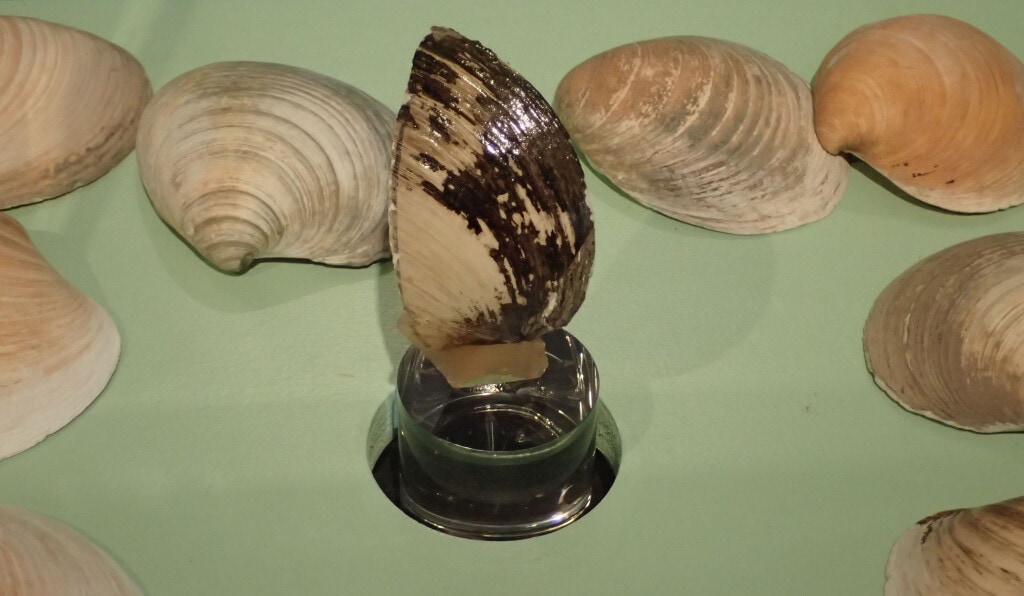
The World’s Oldest Animal Is A Clam
The clam lived to be 507 years old. Scientists named him Ming, and he broke the Guinness Book of World Records. Scientists originally thought he was 405 years old. The second oldest animal in the world is the Greenland Shark, which lived to be 400 years old. The clam was the oldest individual whose age could be determined with precise accuracy. The clam was found on the shores in Iceland, and in the process of figuring out the clam’s age, the clam died. Scientists mistakingly measured his age, but later on, with proper and advanced scientific technology, they determined the actual age of the clam, which is 507 years old (Museum).

